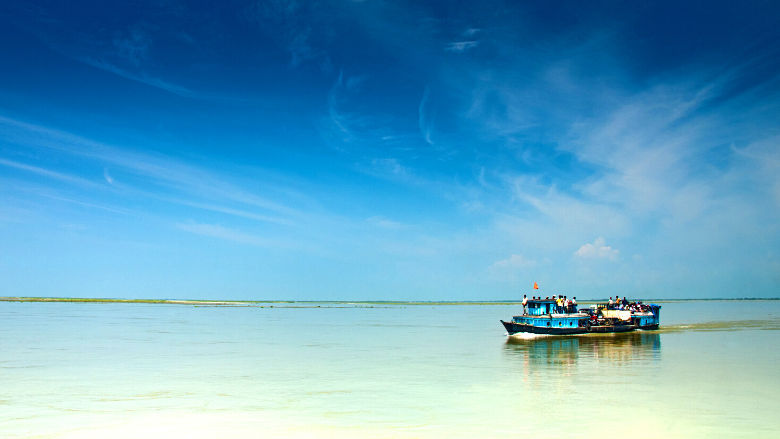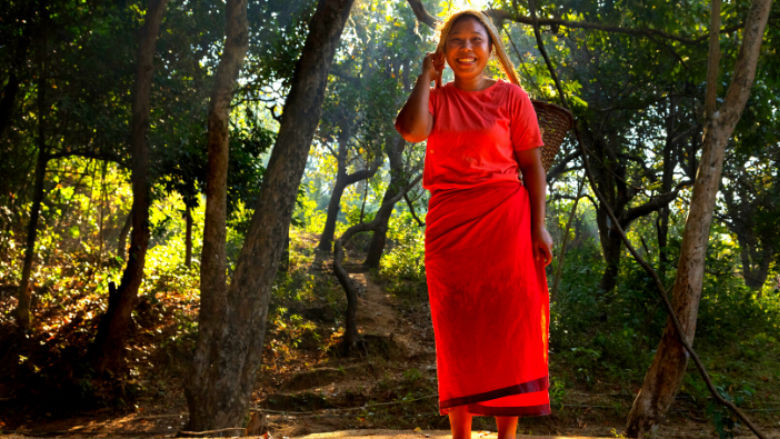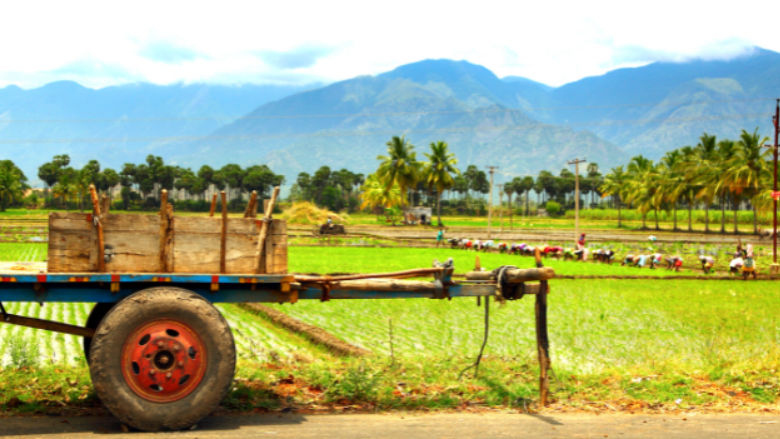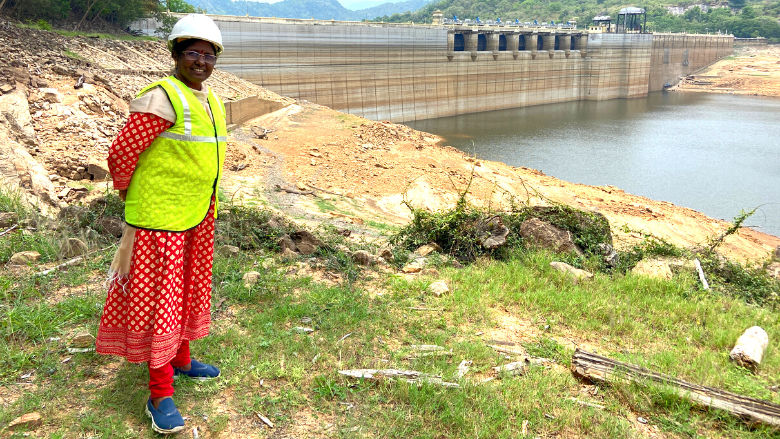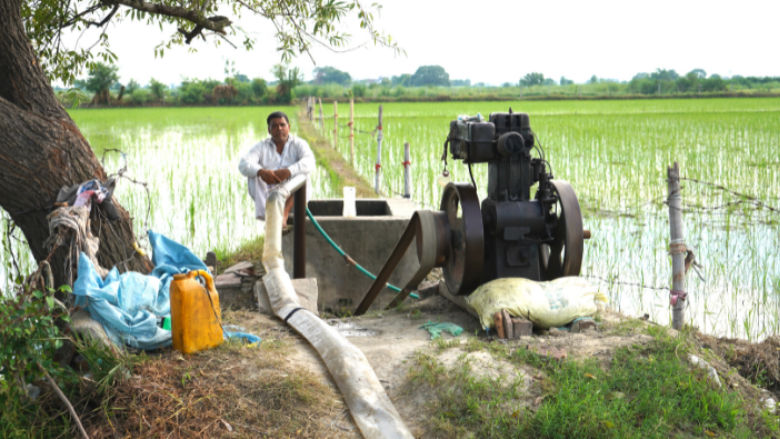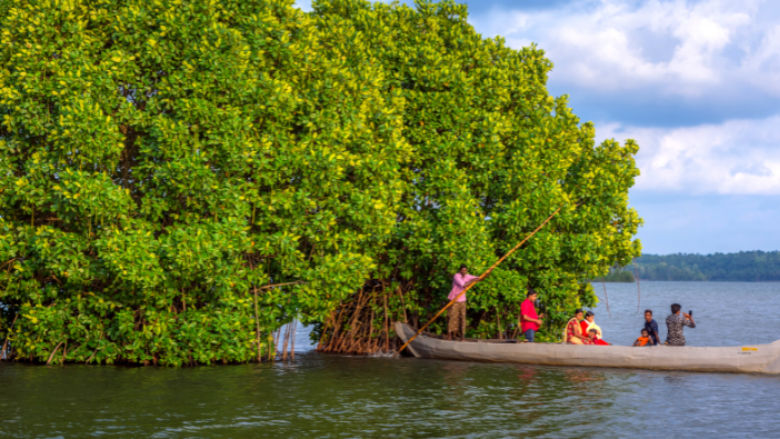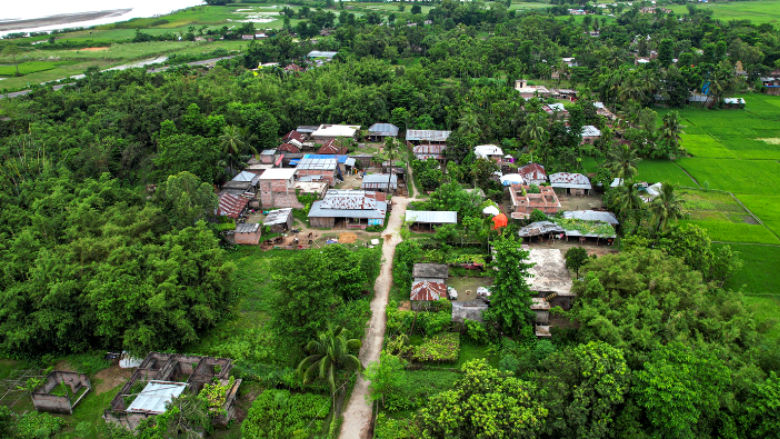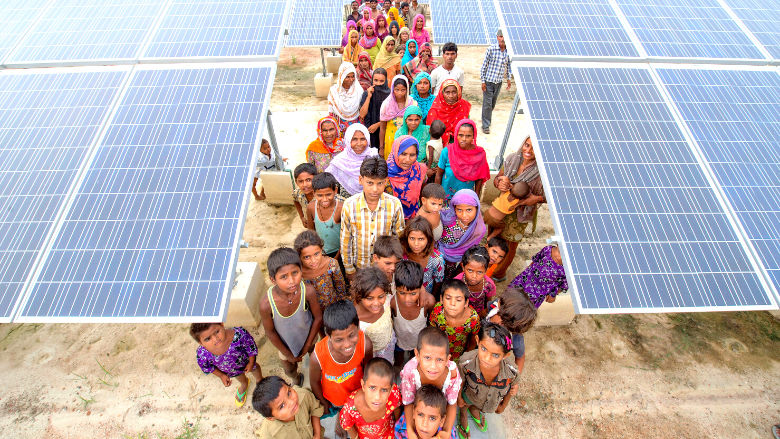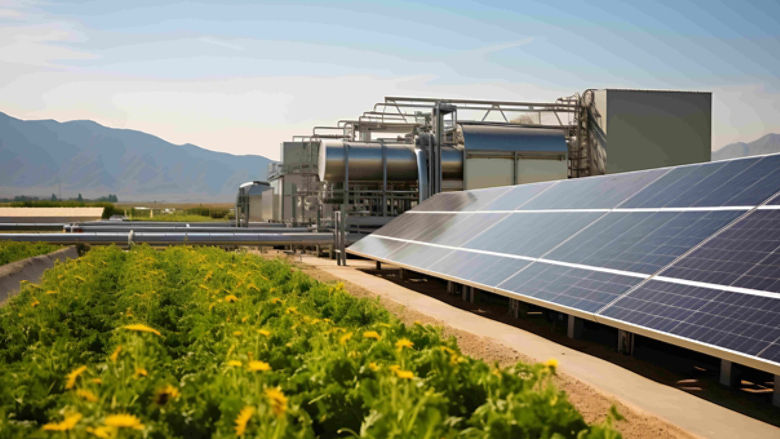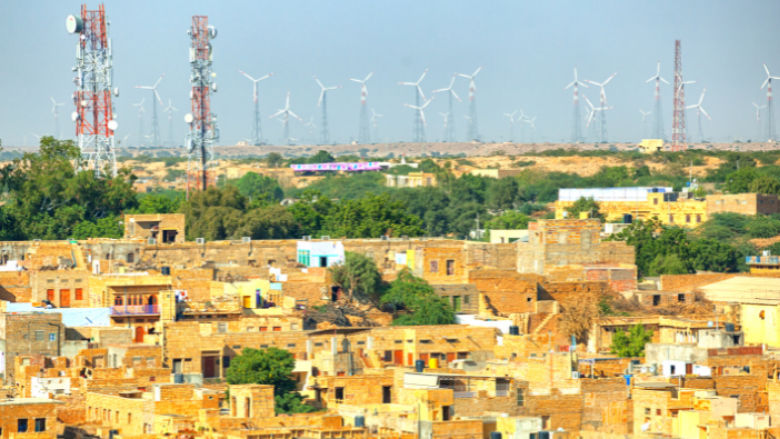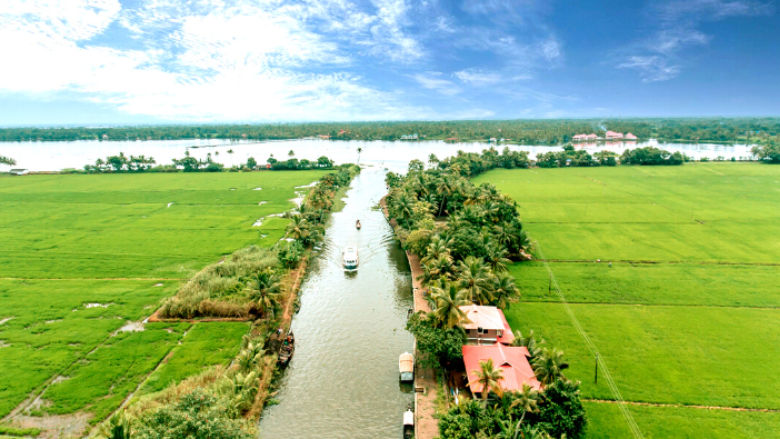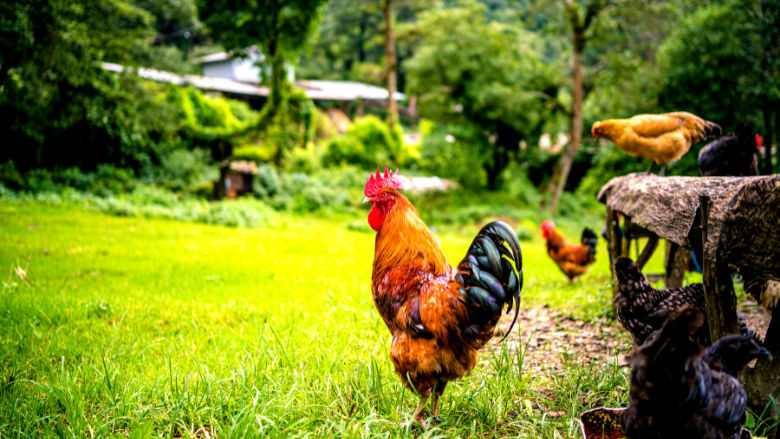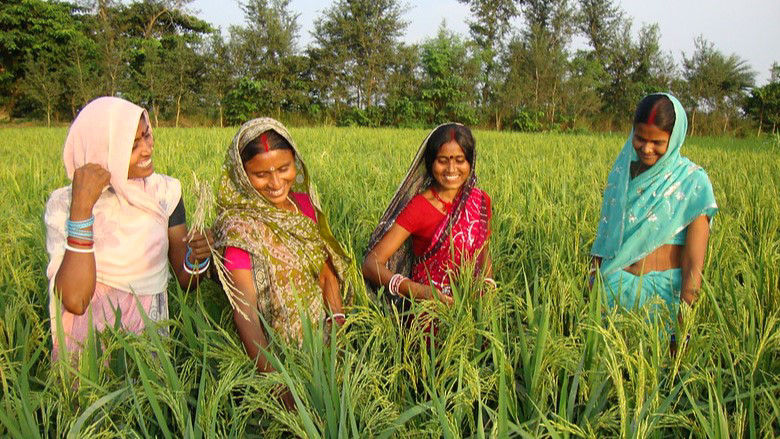Lowering the carbon footprint
The World Bank is supporting India’s efforts to switch to greener modes of transportation. For instance, it is helping build the Eastern Dedicated Freight Corridor, an 1,873 km freight-only railway track where each electrified train will replace between 90 to 120 trucks, reducing fossil fuel consumption and lowering emissions, while improving logistics services. The Bank is also working with India to develop its first modern inland waterway on the Ganga, and revamping ferry services on the Brahmaputra in Assam and the Hooghly in Kolkata.
Restoring the dwindling forest cover
From the dry deciduous forests of Madhya Pradesh to the community-owned lands of Meghalaya, World Bank projects are helping conserve biodiversity and sequester carbon, while bringing economic benefits to the local people. Communities are helping restore the dwindling forest cover, contain forest fires, and improve the quality of forest produce such as medicinal and aromatic plants, herbs and so on. In Meghalaya, the World Bank is working with traditional tribal institutions to restore degraded landscapes, increase the water available in the dry season and improve soil productivity.
Promoting resilient agriculture
Changing rainfall patterns and rising temperatures threaten the livelihoods of a large section of India’s rural population and the sustainability of its food production systems. To help India’s small-holder farmers adapt and build resilience to climate change, World Bank projects in several states provide locally adapted packages that help increase agricultural productivity. Farmers are helped to diversify their cropping patterns, access the latest agricultural know-how, use digital technologies to learn about crop advisories, improve soil and water management, and develop both farm and non-farm enterprises.
Strengthening large dams
With climate change making India’s weather patterns unpredictable, dams have become critical for providing drinking water and irrigation, controlling floods, and ensuring food security. Yet, over time, many of India’s 5,700 large dams have become structurally vulnerable. With World Bank support, India is now implementing the world’s largest dam rehabilitation program, using innovative solutions and global best practices to modernize and strengthen around 300 large dams. State-of-the-art technology is helping improve dam management and higher standards of safety have been laid down to protect the millions living downstream.
Conserving groundwater
India is the world’s largest user of groundwater. If current trends persist, more than half of India’s districts could face a critical water situation within two decades. Climate change is likely to exacerbate the situation. The World Bank is supporting India’s Atal Bhujal Yojana - the world’s largest community-led groundwater management program - in seven states. With rural women at the forefront, the program is helping farmers understand how much water is available and how much is being used. The villagers are then supported to budget their water use accordingly, build appropriate water retention structures and adopt more sustainable irrigation practices.
Planting mangroves to protect India’s coasts
Mangroves are nature’s wonders which are home to several marine creatures and endangered species. They reduce the impacts of coastal storms and tsunamis and sequester four times more carbon than rainforests. However, India’s once extensive mangrove forests are threatened by the conversion of the land for other uses, rising sea levels and shrinking freshwater flows. Since 2010, the World Bank has been helping India restore the natural balance along its western and eastern shores by working with communities to plant mangroves and restore species diversity.
Making flood prone areas safer
Given Bihar’s vulnerability to floods, the World Bank is helping the state reduce their impacts, particularly in the Kosi basin. Flood forecasting has been improved and communities are being informed in advance, giving them and the administration time to respond. Lives and livelihoods are also being protected by strengthening and improving the embankment system along the Kosi river, including through the use of nature-based solutions.
Ramping up solar power
The power sector is a key contributor to India’s carbon emissions. World Bank Group support has helped spur private investment in India’s 750 MW Rewa Solar Park in Madhya Pradesh. The Park established a record low tariff for renewable energy. Three other parks, with a combined capacity of 1,500 MW, are now being supported in the state. The World Bank has also helped kick-start the solar rooftop market in India, which has grown from investments of $500 million to over $5 billion since the launch of the Bank’s program in 2016.
Green Hydrogen
The World Bank is supporting to accelerate India’s development of low-carbon energy by developing green hydrogen which plays a critical role in decarbonizing the hard-to-abate industrial sectors, such as fertilizer and refinery industries, and later heavy industries including iron and steel. Through a $1.5 billion lending operation – the first in a series of two operations – the Bank will support the emergence and expansion of the green hydrogen sector in India.
Storing renewable energy in batteries
India has made commendable strides in boosting its renewable energy capacity. However, since both wind and solar energy are variable in nature, the surplus power generated needs to be stored before it can be made available when power demand is high. As battery storage in the power sector is still a nascent sector, the World Bank is working with India to catalyze investments in the sector and build a sustainable market, together with its associated ecosystems.
Rethinking the development paradigm
When the devastating 2018 floods highlighted Kerala’s vulnerability to climate change, the state rethought its development paradigm. World Bank support is now helping Kerala build all-round resilience to extreme weather events by introducing holistic river basin management; ensuring the sustainability of water sources; reorganizing agricultural practices according to agro-ecological conditions; building resilient roads and bridges; integrating disaster and climate risk into the planning processes of local governments; and bolstering the state’s ability to manage disasters and provide timely assistance.
Safeguarding future health
As human activities and climate change disturb the ecological equilibrium, the likelihood of animal pathogens spilling over into human populations increases. Already, some 75 percent of emerging infectious diseases and almost all recent pandemics have originated from animals. The World Bank’s ‘One Health’ approach thus focuses on addressing human, animal and environmental health together. Developing countries will need an estimated $3 billion a year to build and operate One Health systems. This would lead to a saving of $37 billion from reduced epidemics and pandemics – a net win of $34 billion annually.


